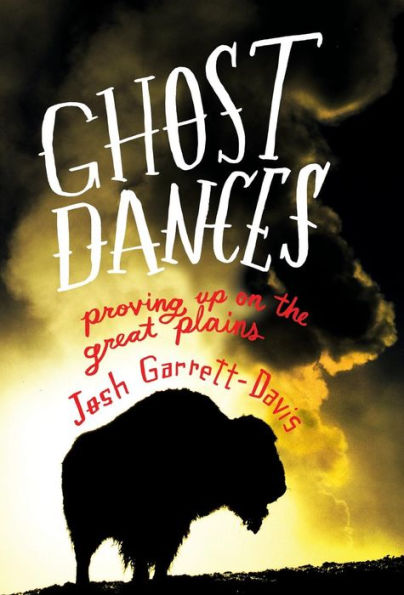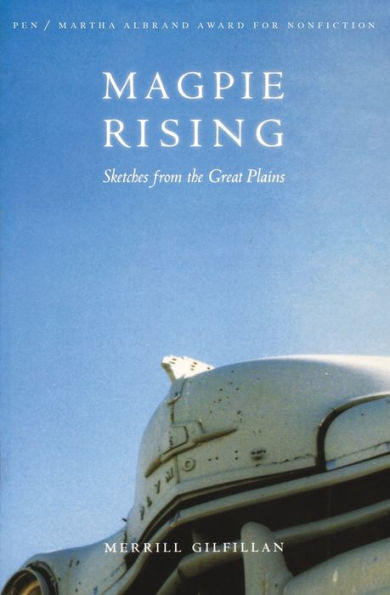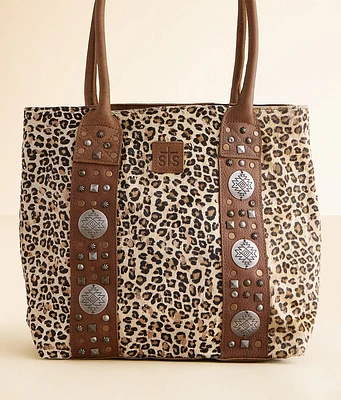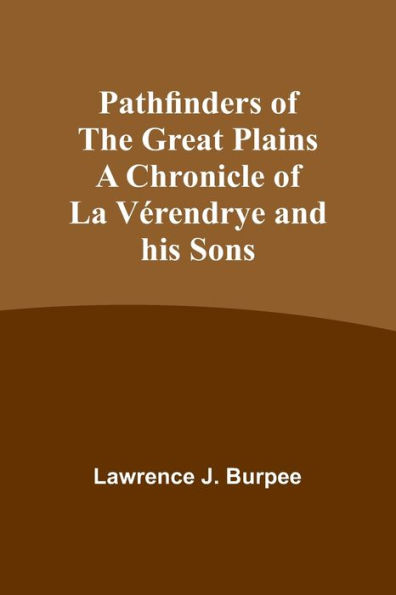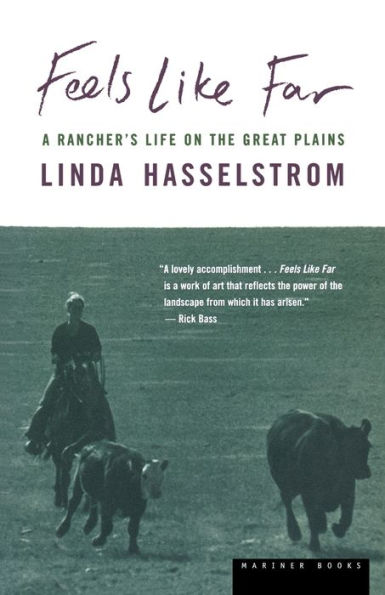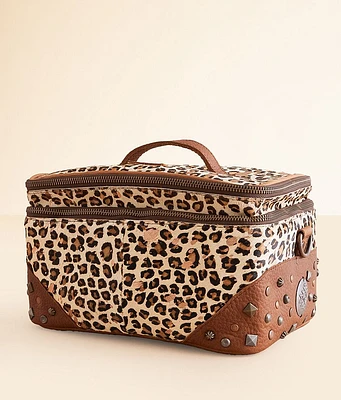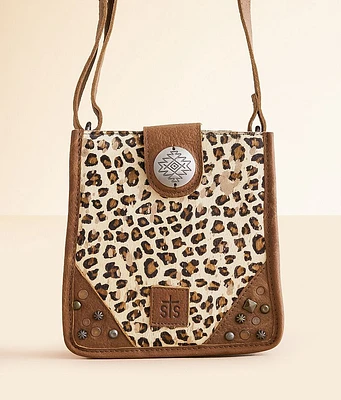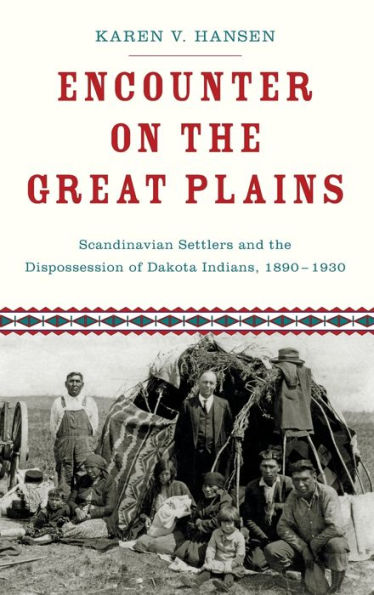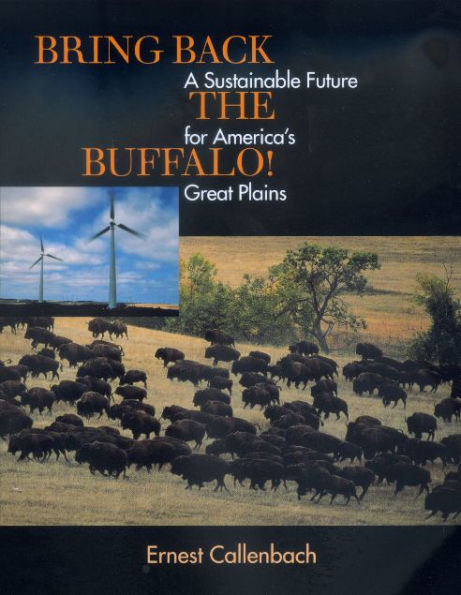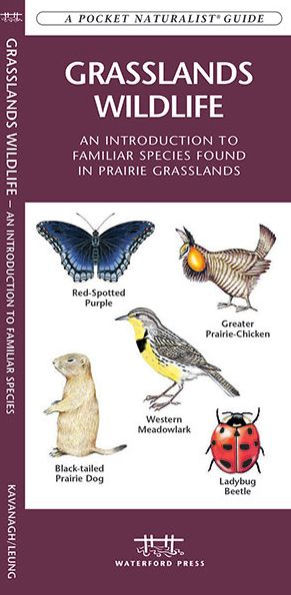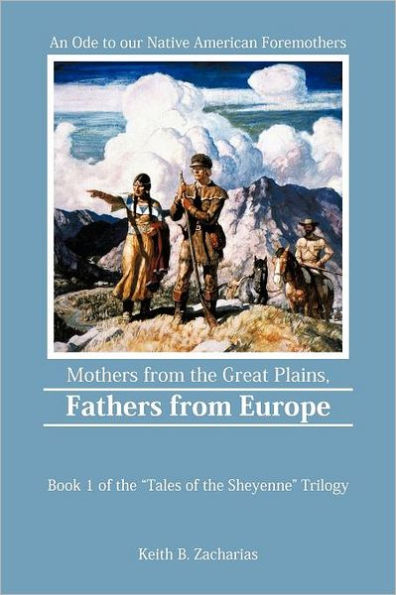Home
Faces of the Great Plains: Prairie Wildlife
Barnes and Noble
Faces of the Great Plains: Prairie Wildlife
Current price: $39.99


Barnes and Noble
Faces of the Great Plains: Prairie Wildlife
Current price: $39.99
Size: OS
Loading Inventory...
*Product information may vary - to confirm product availability, pricing, shipping and return information please contact Barnes and Noble
The Great Plains are America's biological melting pot, drawing creatures from surrounding regions to create a rich diversity of wildlife. Here are pronghorn in the shortgrass, rattlesnakes underfoot, and golden eagles soaring skyward. Here, too, pockets of bison can still be found, recalling yesterday's thundering herds.
In this spectacular book, Bob Gress—one of the region's preeminent photographers—is joined by the distinguished naturalist Paul Johnsgard to illuminate the enormous variety and uniqueness of prairie wildlife. Gress has selected—from the nearly 600 non-fish vertebrate species found in the Plains—150 of the most interesting, charismatic, and important species, while Johnsgard provides a lyrical text covering the ecology, behavior, and life histories of these creatures. The result is a vivid and striking marriage of image and text.
From meadowlark to prairie dog, here are many creatures one would expect to encounter in the field: characteristic breeding birds, typical mammals, and conspicuous reptiles and amphibians. Grouped by habitat—tallgrass, mixed-grass, and shortgrass prairie, plus sandhills, shrubsteppes, forests, and wetlands—these stunning images also bring you face-to-face with the short-eared owl, black-footed ferret, and six-lined racerunner, as well as other fascinating but overlooked animals on the prairie like the olive-backed pocket mouse, Henslow's sparrow, narrowmouth toad, and barred tiger salamander.
An unprecedented partnership between two great observers of the region,
Faces of the Great Plains
provides keen insights into and thoughtful reflections on both prairie wildlife and the art of nature photography. Especially in the wake of increasing threats to the prairie's habitats, it should foster a new appreciation of the region's abundant fauna, inviting us all to see the land through new eyes and to join in the preservation of these natural treasures.
